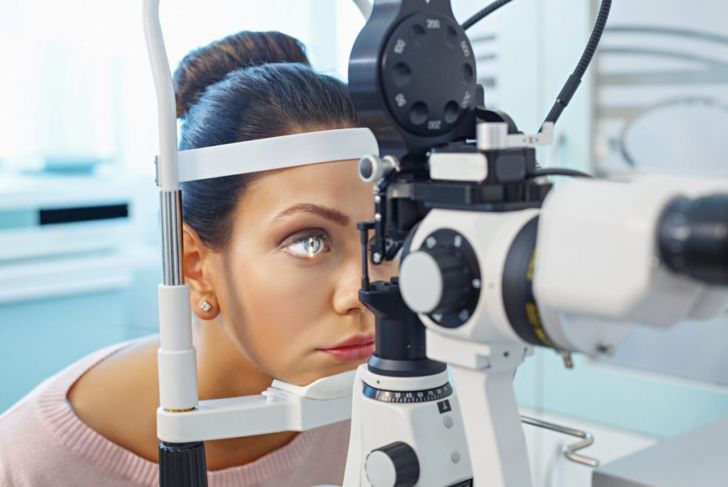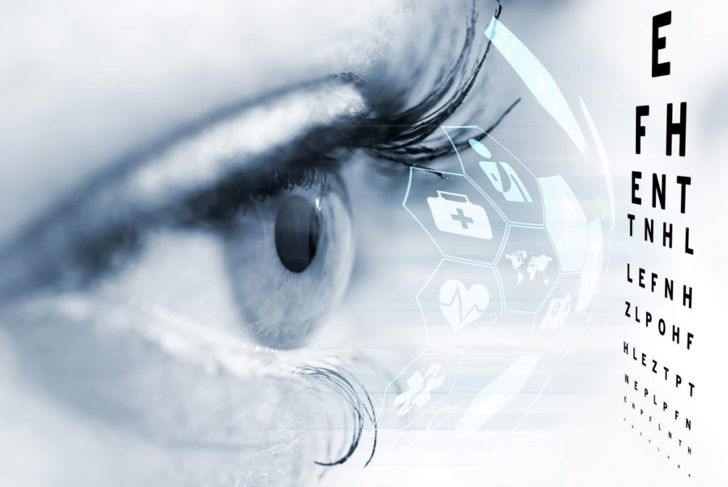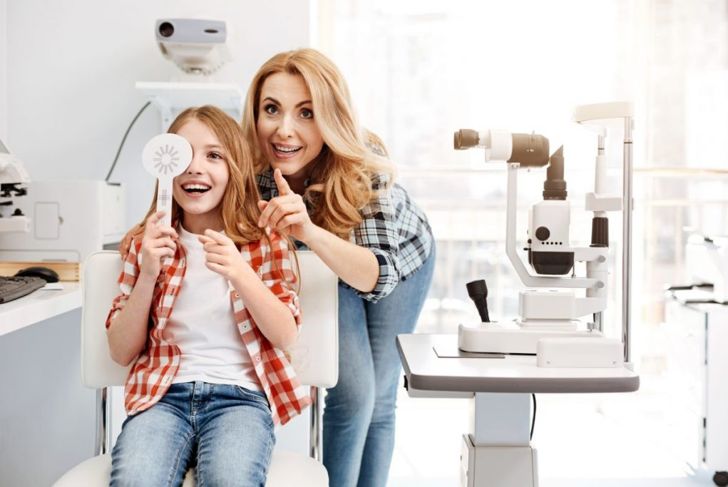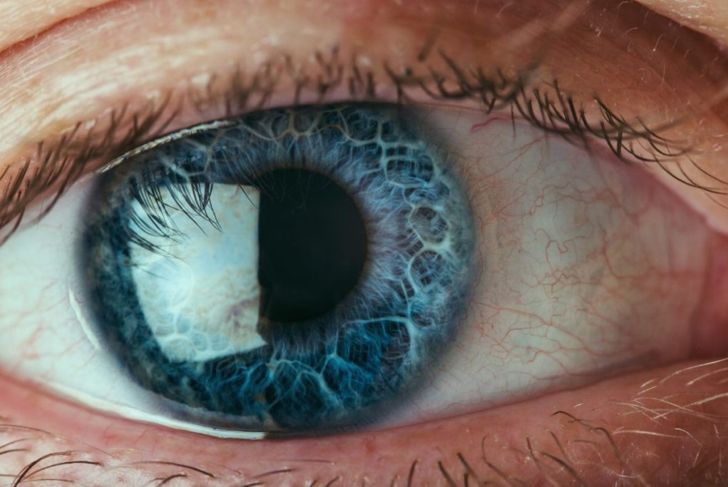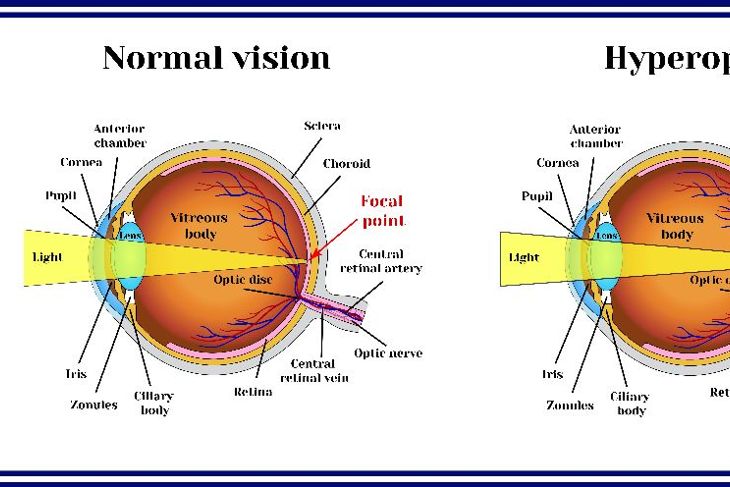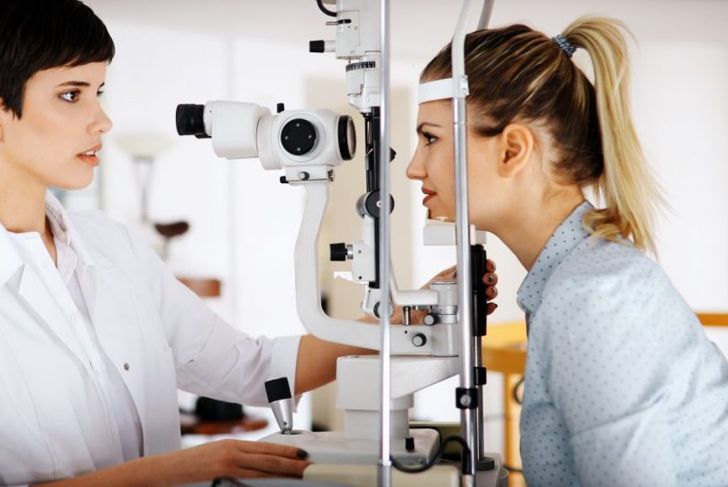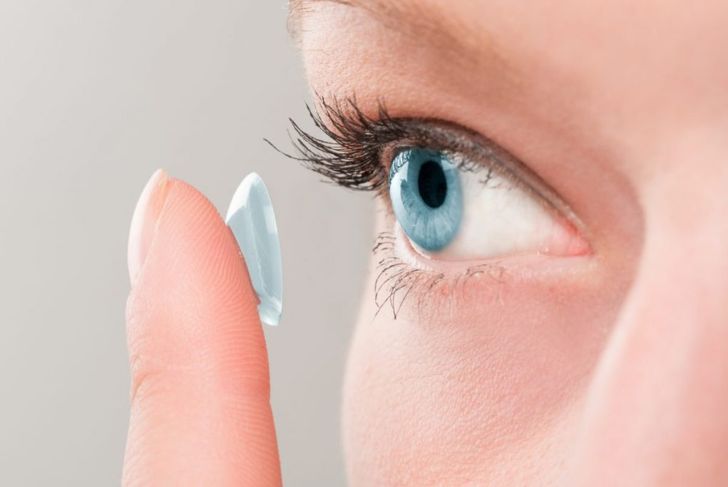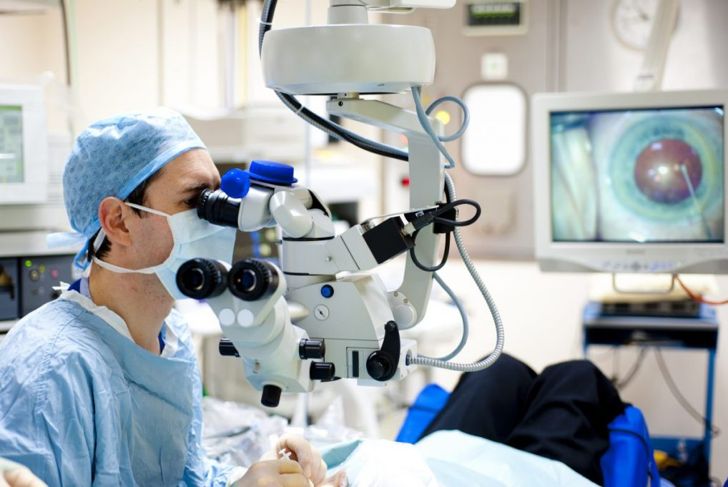Hyperopia, more commonly known as farsightedness, occurs when light is focused behind rather than on the retina. To the eye, close objects appear blurry while objects farther away appear normal. For those with major hyperopia, vision can be blurry at any distance. Far-sightedness affects primarily young children and those over the age of 40, the latter being when more than half the population contracts hyperopia. It can be diagnosed easily with a routine eye exam.
Symptoms of Hyperopia
Hyperopia is usually present at birth and is believed to be passed down through generations. It tends to run in families, and symptoms are easy to detect. For those with farsightedness, nearby objects often appear blurry. A person who has hyperopia usually has to squint to see clearly. Eyestrain, burning eyes, and aching in or around the eyes are common with farsightedness, and these people often find working with objects close up, reading, writing, or using the computer produces headaches or irritated eyes.
Check Your Eyes Regularly After 40
Hyperopia affects more than half of people over the age of 40, so it is important to get regular eye exams after this age. This is also when the risk of eye diseases such as glaucoma greatly increases. Doctors recommend getting regular dilated eye exams at this point in life. For those who do not wear glasses or contacts and have no eye troubles, it is recommended to have an initial eye exam at 40 and then a regular exam every two to four years until the age of 64, after which they suggest going every one to two years.
Complications Require More Frequent Eye Exams
People with conditions that affect the eyes, such as diabetes, should have their eyes checked at least once per year. The same applies to those who wear glasses or contacts. If a person notices any change or problems with their vision, optometrists recommend scheduling an appointment immediately — these changes can signal the need for a new prescription or could be a sign of a more serious problem.
Check Kids’ Eyes Regularly, too
A 2014 study found about eight percent of six-year-olds had hyperopia, with the condition affecting a high percentage of children up to age 14. Therefore, it is important for parents to have their children undergo an eye exam starting at the age of six months. Children should have examinations at age three, and then again before they enter the first grade, with exams at least every two years after that.
Causes of Hyperopia
Hyperopia is a physical condition that causes distortion of the cornea or lens of the eye. The cornea is the clear front surface of the eye, which has a dome shape. The lens is the clear structure that sits behind the cornea. Both the lens and the cornea normally have a perfectly smooth curvature, which bends or refracts the light coming into the eye to make a finely focused image on the retina located at the back of the eye. If the cornea and lens are not perfectly smooth, the result is a blurred image referred to as a refractive error.
What Causes Refractive Errors?
A refractive error occurs when the cornea or lens is not smoothly curved, and the light rays entering the eye are not refracted properly, making images appear distorted or blurry. Hyperopia happens if the eye is shorter than normal or if the cornea is not perfectly smooth, or curves at an odd angle. In adults with a refractive error, objects both near and far can be blurry.
Complications of Hyperopia
Several noticeable complications stem from hyperopia, while others are less apparent. Some children with hyperopia develop crossed eyes, which specially designed eyeglasses can address. Eyestrain and headaches are common in uncorrected hyperopia cases, and the condition can affect the quality of life. In addition to making everyday tasks more difficult, hyperopia can lead to safety concerns when driving a car or operating heavy equipment.
Diagnosing Hyperopia
A basic eye exam can disclose any eye problems. The exam should include a refraction assessment as well as an eye health exam. In a refraction assessment, the doctor asks the patient to look through several lenses to test the eye’s distance and close-up vision. When the doctor dilates the eyes with drops, it makes the eyes more sensitive to light, which allows a complete view of the inside of the eyes.
Glasses and Contact Lenses
Prescription lenses are the easiest and most effective way to treat hyperopia. As a person ages, the lenses inside the eye become less flexible. Therefore, it is essential for older people who wear prescription lenses to have periodic exams to determine if they require an increase in lens strength. Prescription eyeglasses are the simplest method to counteract hyperopia. Alternatively, contact lenses go directly on the eyes and are available in soft or rigid styles.
Eye Surgery for Hyperopia
Sometimes, surgery can treat hyperopia, although refractive surgery more often corrects nearsightedness. The eye surgeon uses specialized instruments to reshape the curvature of the cornea. The most common surgery is LASIK, which stands for laser-assisted in-situ keratomileuses. In this procedure, a laser beam adjusts the curves of the cornea.

 Home
Home Health
Health Diet & Nutrition
Diet & Nutrition Living Well
Living Well More
More
